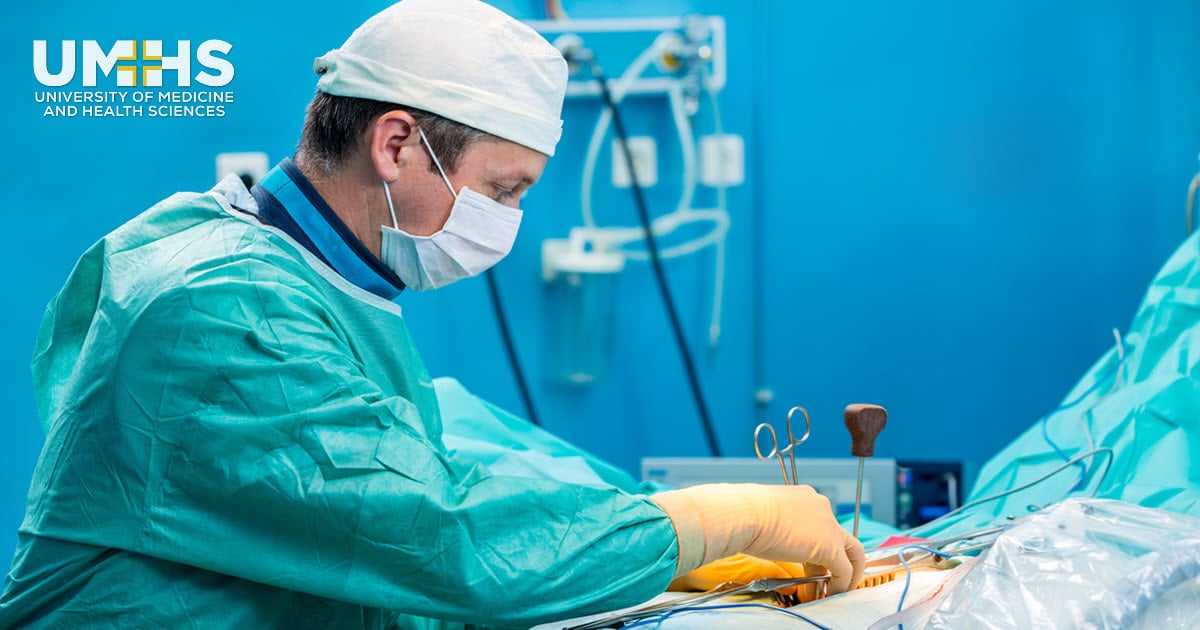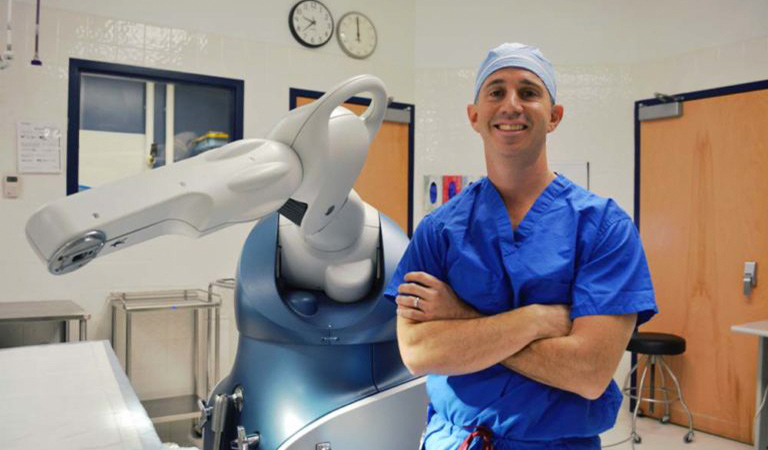The Ultimate Guide To Axis Spine And Orthopedics
The Ultimate Guide To Axis Spine And Orthopedics
Blog Article
Axis Spine And Orthopedics Things To Know Before You Get This
Table of ContentsAxis Spine And Orthopedics Can Be Fun For AnyoneNot known Facts About Axis Spine And OrthopedicsThe Definitive Guide to Axis Spine And OrthopedicsGet This Report about Axis Spine And Orthopedics
An orthopedic cosmetic surgeon is a physician that specializes in treating issues of the bones, joints, and connective tissues, and guaranteeing you preserve a healthy bone and joint system., we have highly qualified orthopedic surgeons that are qualified of treating patients of all ages. I obtained included in study during my first year of clinical school, and I started making links with orthopedic specialists early on.
Comply with these guidelines thoroughly to stay clear of complications during the procedure. Go over the post-operative treatment plan with your surgeon. Understand what to anticipate during the healing duration and exactly how lengthy it will take to resume everyday tasks. Arrange for transportation to and from the health center on the day of surgical procedure.
Unknown Facts About Axis Spine And Orthopedics

Your physician will supply lots of info pertaining to post-operative treatment, including just how to remain tidy and keep the surgical location tidy. Following these suggestions can prepare you physically and psychologically for your orthopedic surgery. Keep in mind to keep a positive outlook and count on your clinical group's know-how, contributing to a smoother recovery process.

No one anticipates you to know anything, so do not attempt to remember a number of arbitrary truths. Otherwise, joint pain can truly mess up your life.
Common problems dealt with by orthopedic specialists are: Fractures and Bone Trauma: Broken bones and various other injuries from mishaps or impacts. Bone Cancer: Growths in the bones. Orthopedic Trauma: Extreme injuries impacting bones, joints, or soft tissues.
Sprains and Strains: Injuries to tendons and muscles. Tendinitis: Swelling of the ligaments. Orthopedic surgeons execute a range of procedures to assist people with bone and joint concerns. Common instances are knee and hip replacements. Joint Repair: Rebuilding a harmed joint to recover its function. Bone Grafting: Taking bone from one part of the body and transplanting it to another location to fix and rebuild damaged bones. Reconnecting Nerves: Repairing damaged nerves to restore activity and sensation. Back Disk Replacement: Replacing a harmed spine disk with a man-made one to ease pain and restore function. You'll need to take and pass the Medical University Admission Examination( MCAT). This standardized examination evaluates your understanding and abilities necessary for success in medical institution. Medical institution is an extreme

Axis Spine And Orthopedics Can Be Fun For Anyone
Next click for source off, they complete an orthopedic residency. It's commonly 5 years and gives hands-on discovering in a medical setting. Restricted activity due to discomfort. Stiffness. Visits often consist of: Discussing your signs and symptoms, clinical history and lifestyle. A physical examination, including moving the impacted joint in specific ways. Imaging research studies, such as an X-ray. Description of your diagnosis.
Therapy recommendations. Some conditions need additional imaging, like a CT scan or MRI for even more thorough sights of the unpleasant area. Your orthopedist will suggest treatments to reduce signs up until you receive a diagnosis. Orthopedic specialists focus on nonsurgical and medical methods. For sure types of orthopedic trauma or genetic problems, surgical treatment is usually the very first line of treatment. For many other problems, orthopedists attempt nonsurgical treatments. It might take more than one kind of treatment to achieve enduring alleviation. Picking the right is crucial for effective surgical end results and improved individual healing. With a wide variety of alternatives readily available out there, it can be overwhelming for both specialists and patients to make an educated choice. The top 5 variables to think about when picking an orthopedic implant are medical compatibility, cost-effectiveness, factors to consider for alteration surgery, patient-specific factors, and the style and advancement of the dental implant. They come in numerous shapes, sizes, and products, each serving a certain objective based upon the individual's requirements. Recognizing the fundamentals of orthopedic implants is vital prior to diving right into the decision-making procedure. One of the leading factors to consider when choosing an orthopedic dental implant is its compatibility with the operation. Various implants are designed for various medical strategies and techniques. The orthopedic implant need to be especially designed to fit the individual's makeup and ensure stability during the recovery procedure. Surgical compatibility includes aspects such as dental implant dimension, form, and product. The success of orthopedic procedures depends greatly on the correct selection and positioning of implants that work with the person's makeup and clinical background. By prioritizing individual safety and security and well-being, orthopedic specialists can achieve successful outcomes and offer the best of like their individuals. Cosmetic surgeons have to carefully consider the biomechanical residential properties of the dental implant and how it will integrate with the client's bone framework. This will add to far better medical results, minimized problems, and shorter healing time. When picking implants for a patient, it is important to take into consideration a variety of patient-specific variables that can affect the success and outcome of the treatment. These factors encompass the client's age, bone quality and quantity, dental health and wellness standing, case history, way of living habits, and aesthetic choices. For older clients with endangered bone density, much shorter implants or implanting procedures might be valuable to give the necessary security and assistance. 3. Is the dimension of the orthopedic implant a critical consideration? Just how does it affect the medical procedure and the client's healing? Yes, the dimension of the implant is critical as it must match the client's framework for correct fit and functionality. 4. Can the person's age and lifestyle play a role in picking the most appropriate orthopedic dental implant? Absolutely. Exactly how does the price of an orthopedic dental implant aspect right into the decision-making process, and are there means to stabilize quality with cost? The expense of the dental implant is a vital factor to consider, however it ought to not be the sole determining factor. Stabilizing high quality with price includes considering various dental implant options 'long-lasting advantages and prospective complications. Report this page